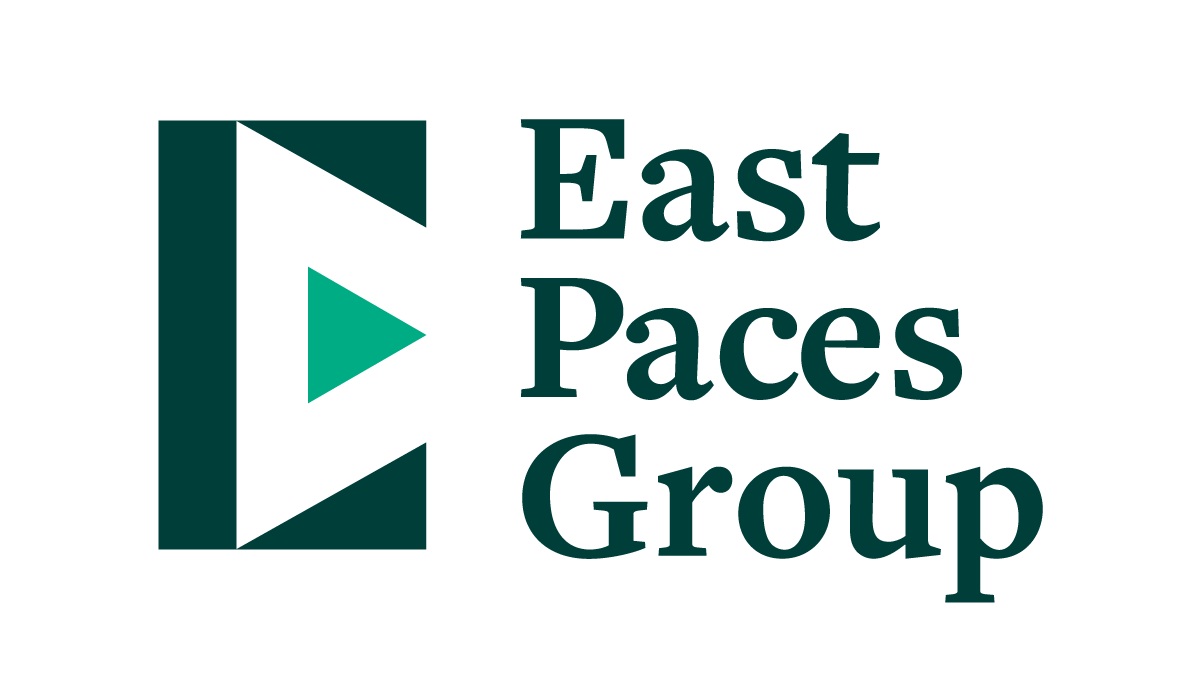How the "Backdoor ROTH IRA" Can Benefit Some High-Income Clients
Aug 26 2021 Ben Mattlin
What IRAs do well, some say, Roth IRAs do better. Both enable savings to grow untaxed, but only Roths allow withdrawals to go untaxed, too, as long as they're taken after age 59 and a half. Traditional IRAs can reduce current income taxes, which Roths can't, but Roths aren't subject to the required minimum distribution (RMD) that traditional IRA investors must make starting at age 72.
For high-income earners, though, Roths present a problem: You cannot use them if your modified adjusted gross income exceeds $140,000 in 2021, or $208,000 for married couples who file jointly.
Fear not. The "backdoor Roth IRA" is a legal workaround that enables high-income investors to sidestep that restriction. There are, however, a few caveats.
Advantages
The backdoor Roth technique is deceptively simple.
First, open a traditional IRA, which you can now do at any age, thanks to 2019's Setting Every Community Up for Retirement Enhancement (SECURE) Act.
Second, convert the traditional IRA to a Roth IRA, which you can do regardless of your earnings.
"With the backdoor Roth, you essentially have an annual opportunity to move taxable funds in your savings to a Roth IRA, where these funds will grow tax-free for the rest of your life ... and, if they are needed, they can be withdrawn tax-free in retirement," said Ed Slott, a CPA and IRA expert in Rockville Centre, N.Y. "That’s a pretty good deal."
Slott is a big believer in the backdoor Roth. These funds, he said, "are simply changing pockets from taxable accounts to tax-free accounts. I would do that all day long."
Limitations
You can't actually contribute more than $6,000 a year to a Roth IRA, or $7,000 annually if you're 50 or older, whether it's a direct investment or a conversion. That may be why some high earners aren't interested.
"The backdoor Roth is often overlooked because of the relatively small amount of money in play for this particular high-income demographic," said Tom Henske of Fifth Avenue Financial in New York City.
Some 401(k) plans, however, allow you to convert as much as $58,000 a year to a Roth IRA. This is known as a "mega backdoor Roth conversion."
Taxes
If the conversion comes from a pre-tax account, such as most traditional IRAs and 401(k)s, it's considered a taxable event just like any other distribution would be. But even if it comes from an after-tax IRA, it'll still be partially taxable if you own any pre-tax IRAs—traditional, SEP, or SIMPLE. That's because the IRS considers every IRA you own as one entity (unless it's inherited), per the IRA Aggregation Rule.
"You do not look only at the particular account you just converted," said Natalie B. Choate, a lawyer in Wellesley, Mass., and an expert on IRA topics. "You must look at all of the person's traditional IRAs.”
Say you started with $40,000 in before-tax contributions to non-Roth IRA and another $10,000 in after-tax contributions to other non-Roth IRAs. That means 80% of your total non-Roth IRA accounts were made with pre-tax dollars. So 80% of whatever amount you convert to a Roth IRA will be taxed (at normal income tax rates), no matter which IRA it came from.
Matt Canine, a senior wealth advisor at the East Paces Group in Atlanta pointed out that the conversion "would not make as much sense for someone who is in a current high tax bracket."
The tax bite may be reduced by moving pre-tax IRA money into a 401(k), so all remaining IRAs are after-tax. But not all 401(k) allow that.
Click Here to read the full article on FinancialAdvisor.
